Writing laboratory reports is a common assignment for students. Today, this form of education is the most effective and interesting because it makes it possible to observe the process under study from the inside. The article discusses the procedure for writing and performing lab reports.
What is a laboratory report?
A laboratory report is a form of material study, which has found wide application in modern teaching methods. According to the number of participants, classes are divided into group, unit, and individual experiments. In the course of the research, it is necessary to follow the specified procedure for performing the experiments; otherwise, you may not register the passage of the process of interest or distort the result.
The laboratory report has approximately the same structure and is subdivided into the following blocks:
- Title.
- Goals and objectives.
- The task.
- Informational resources.
- Methodology and order of implementation.
The main tasks of execution are:
- Gaining experience in solving various problems experimentally.
- Practical knowledge of the topic.
- Gaining experience in using equipment in practice.
- Acquisition of the skill of processing and analyzing and understanding the results obtained in the course of research.
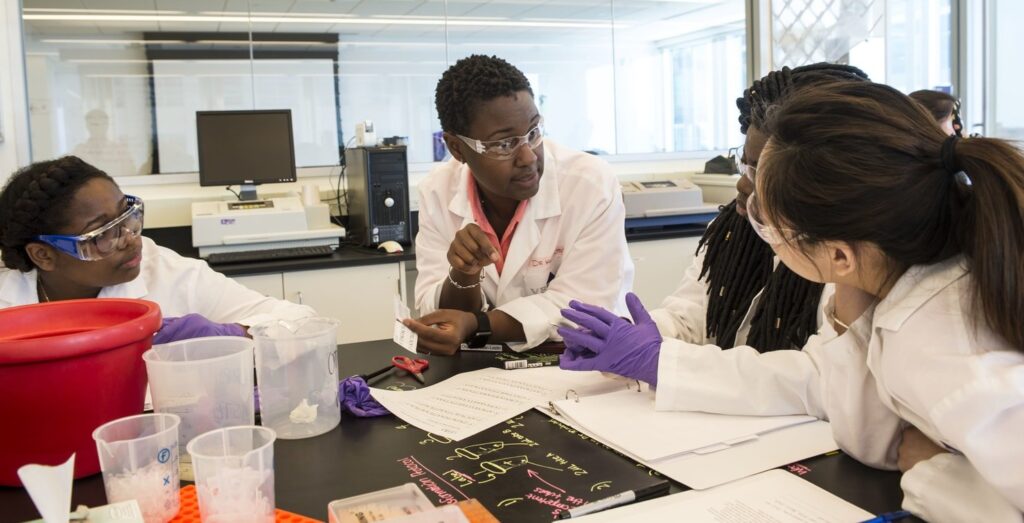
You can order a sample of the laboratory report on the gpalabs.com website. Responsive experts will always come to the rescue. By ordering a lab report, a student not only saves time but is also guaranteed to get a good grade. You can buy a lab report on any topic by filling out a special order form.
Functions of a laboratory report as a form of learning
The main functions are divided into the following categories:
- Cognitive – activate cognitive processes, thanks to the visibility of the observed experiment (or a series of experiments) and the fixation of changes in the course of the experiment being performed.
- Developing – characterized by the acquisition of experience experimentally in conjunction with the acquisition of practical experience in the selection and use of equipment for experiments.
- Educational – determining the student’s behavior during the experiment, his or her communication skills within the group, as well as the presence of communication with the teacher.
- Motivational and stimulating – actively engages students in research activities and the acquisition of new information.
- Reflective – develops the ability to control the actions, correct mistakes, evaluate results, and make adjustments.
- Diagnostic – allows the teacher to identify the characteristics of the student as a person, to determine the level of assimilation of knowledge.
How a laboratory report differs from other practical work
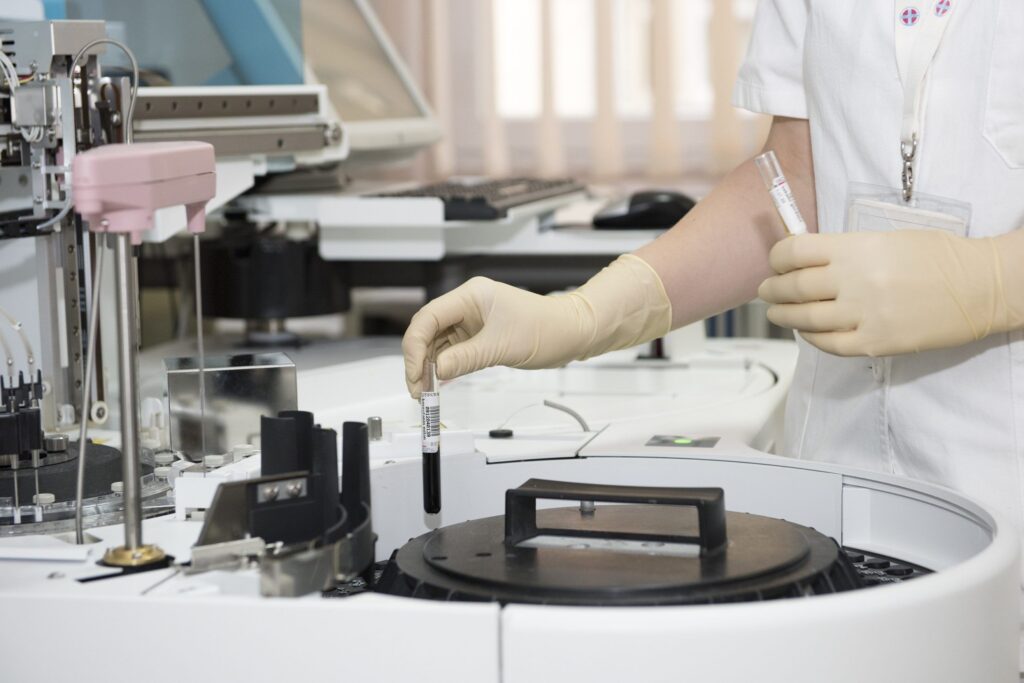
Oddly enough, laboratory reports and other practical papers differ significantly, as well as the tasks set. The purpose of other practical works is the formation of educational (to prepare for further disciplines) and professional (to prepare for production activities) skills that perform the following tasks:
- Study and analysis of documentation.
- Analysis of production situations and problem-solving at the enterprise.
- Calculation of various indicators related to production.
- Study of the work and functioning of production equipment.
- Familiarization with production and development of technological documents.
- Experience in production equipment and its maintenance.
- Inspection of various products and substances in production.
A laboratory report has several goals at once:
- Experimental confirmation of the studied material and consolidation of the skill of applying formulas.
- Familiarization with the methodological recommendations for conducting experimental studies.
Depending on the goals, the content is determined, which discloses:
- Observation and establishment of patterns in the observed processes.
- Study of measuring devices, their characteristics, as well as testing these devices in practice.
- Obtaining and researching the results of the experiment.
Types of laboratory reports
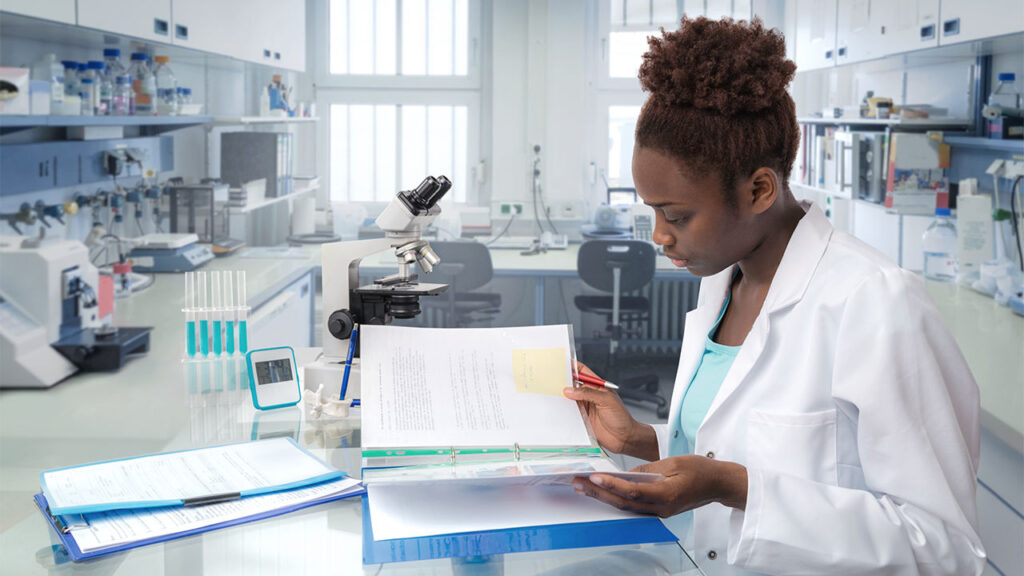
All laboratory works are divided into the following types:
- Research lab works are specific to long-term observation of any object (plant growth, animal development, metal decay under the influence of certain factors). In such works, fairly simple experiments are used.
- Illustrative lab works focus on the color gradation of the investigated object or substance.
- Observational lab works are carried out in order to consolidate the obtained theory and acquire skills in using measuring instruments.
- Generalizing lab works are carried out in order to consolidate the previously studied material.
- Collective lab works are carried out in small groups of students.
Problematic lab works set a problem at the beginning of the work that should be solved.
Observational laboratory work
This type of research contributes to the consolidation of the previously obtained theoretical knowledge. Observational lab works are divided into two characteristic categories:
Of a qualitative nature, they pursue several goals:
- Creation of the most accurate representation of the observed process studied in theory.
- Gaining the skill of using devices in practice.
- Preparation for the most difficult work.
The observational lab report reproduces an accurate demonstration of previously shown or described experiments. Such clarity allows a student to better master the topic covered or to understand a more complex process in theory.
Of a quantitative nature, they pursue other goals:
- Students gaining skills in using measuring instruments.
- Consolidation of various methods of measuring specific quantities.
Research laboratory work
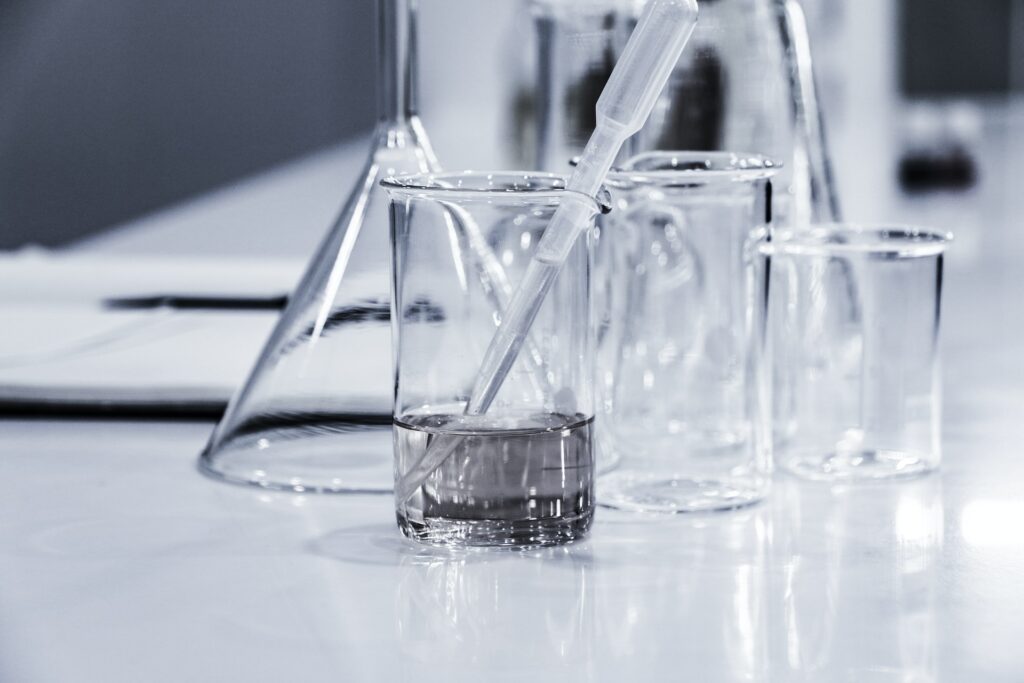
Research lab reports are one of the most common, since this type is used in practice by students of all educational institutions. This technique has the following goals:
- Establishing patterns that were unknown before the start of execution.
- Placing a student in the place of a researcher.
- Teaching students the method of experiment in obtaining new knowledge.
Collective laboratory work
Collective lab work is the division of all students into small groups. Each group performs a specific task for conducting certain experiments. After completion, the group leader submits a report to the teacher.
Methodical instructions for writing a laboratory report
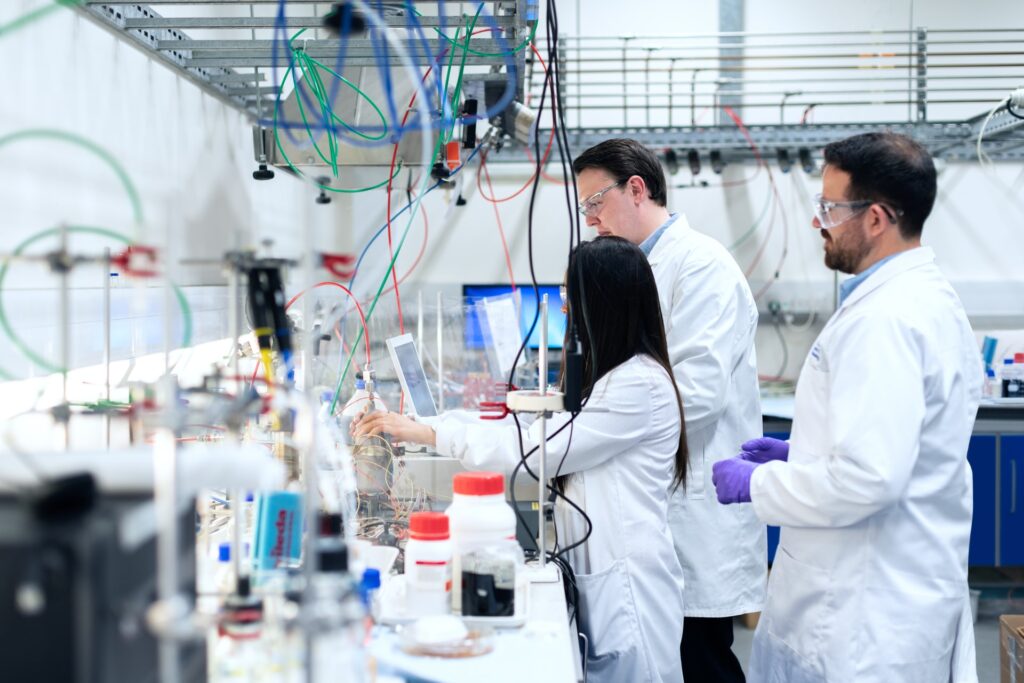
A laboratory report is divided into three main building blocks:
- Introduction: relevance, object and subject of research, goals, and tasks.
- Main part: theoretical and practical parts.
- Conclusion.
In the course of writing a lab report, the student must:
- Designate a goal.
- Reveal the basic concepts and used formulas.
- Make an experiment.
- Process the results of the experiment.
- Write a conclusion.
- Give answers to set questions.
- Write a list of references.
Now, you know what a lab report is, as well as its types and the guidelines for writing it.
However, you should always stick to the teacher’s requirements, first of all. With this guide and your teacher’s instructions, you will be able to write a good lab report.








